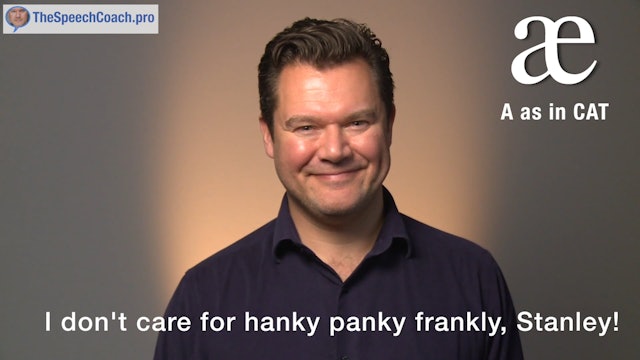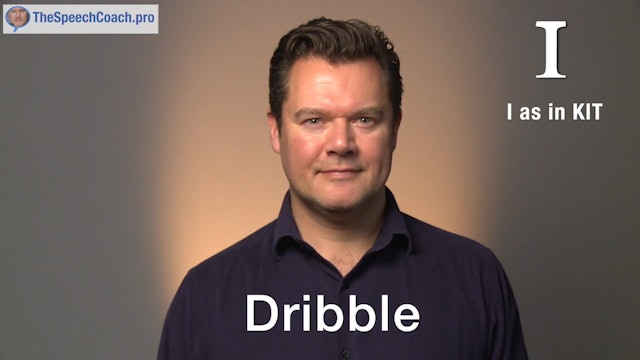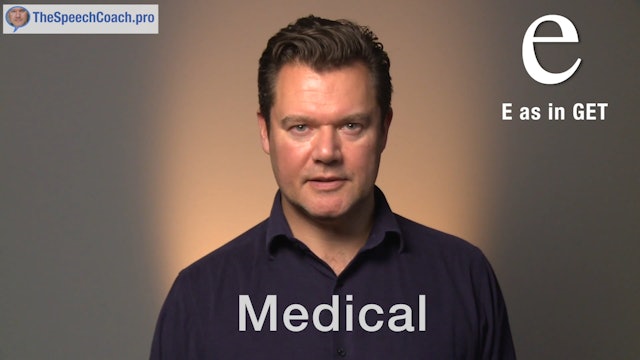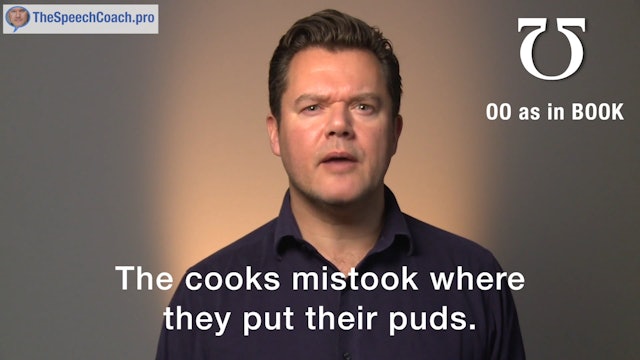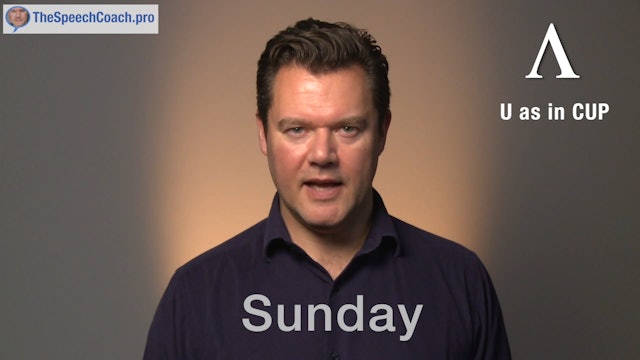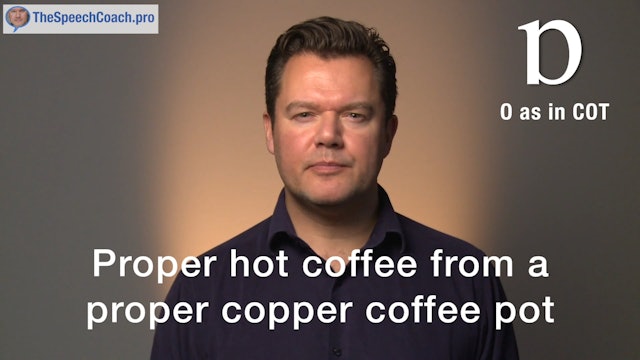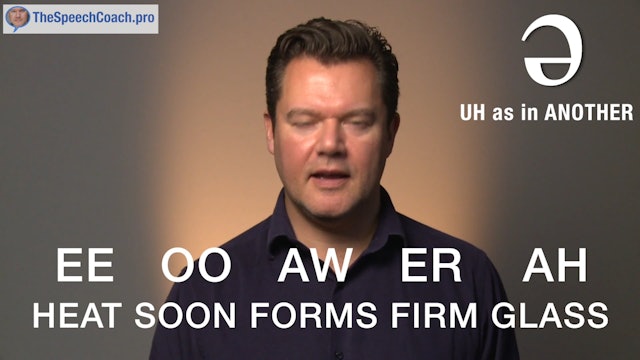2: The 7 Short Simple Vowels or Monophthongs
Welcome to the second webinar in which we will cover the seven short simple vowels or monophthongs.
These sounds are a little trickier than the five sounds we learned last time because as students try to listen to themselves and to get them right, there is a temptation to stretch them. This doesn't always matter, but as we will see, now and then it can cause problems.
Our first sound is "a" as in cat. For the "a" vowel, your lips are neutral, released and relaxed, but the front of your tongue is slightly raised. The danger with this vowel is that here in the UK, it can become dulled or blunted, so that "a" in cat sounds closer to "a" in cut. Other accents for example, the German accent can push this sound towards "e" as in get, so cat might sound like cat, "a" is a sound that can be safely lengthened.
And this can create quite an effective emphasis as in the phrase, "the seven ages of man", for example. When "a" the sound is correct, it is often described as sounding nice and bright. Keep this idea of a bright sound as we work through the exercises.
-
006 A as in CAT
For the A vowel, your lips are neutral, released and relaxed but the front of your tongue is slightly raised. The danger with this vowel is that here in the U.K. it can become dulled or blunted - so that A in “cat” sounds closer to “U” in “cut”. Other accents - for example the German accent - can...
-
007 I as in KIT
The I sound again has neutral, relaxed lips but this time the front of your tongue is raised a bit further - to just under the fully raised position for the long EE sound. Try moving from the high EE position to the slightly lower I position:
EE/I EE/I EE/I
Can you feel that slight but vital ...
-
008 E as in GET
The E vowel sound is produced with neutral, relaxed lips but with the front of your tongue half raised. Compare this tongue position to the fully raised position for EE. Try: EE/E EE/E EE/E
-
009 OO as in BOOK
The oo vowel is a lip vowel and so the lips should be in a rounded position but not as closely rounded as the whistling OO lip position and the back of the tongue is raised. When I first started my training I had a problem with this sound - because my lips were too relaxed, when I tried to say “L...
-
010 U as in CUP
The U vowel position is neutral, relaxed lips with the centre of the tongue slightly raised. Again, watch out that thus vowel isn’t distorted when it is followed by an “L”
-
011 O as in COT
Here is the O vowel - O as in cot. The O vowel position is a slight rounding of the lips with a flat tongue.
-
012 UH as in ANOTHER
This next sound is in many ways the KEY to British Standard English Pronunciation because it occurs again and again and again. It is the neutral vowel or schwa:
“uh” as in “another”
The lips are neutral and the centre of the tongue is half raised. You will find this sound not only in most unstr...


